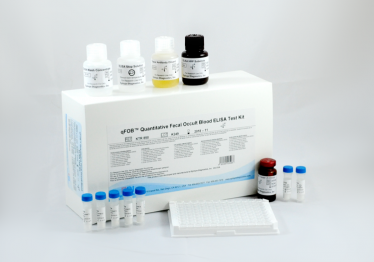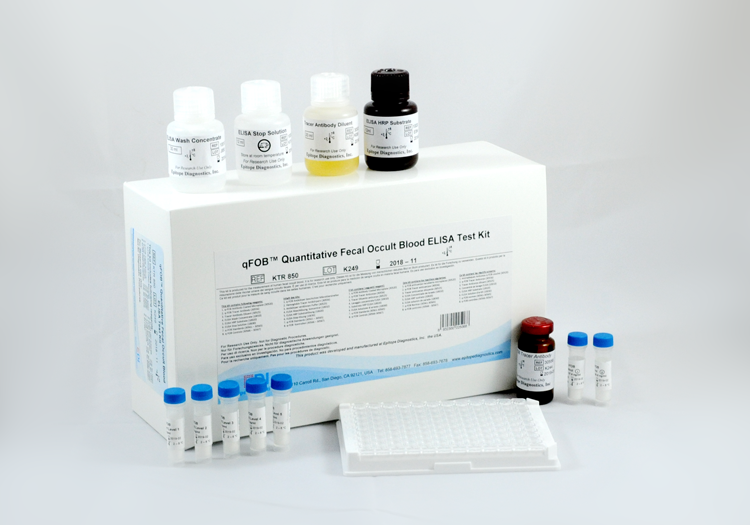Selected Literature
1. Sperof FL, Glass RH, Kase NG, editors. Clinical gynecologic endocrinology and infer tility. 4th ed. Baltimore: Williams and Wilkins, 1989, 91–119.
2. Mohr IJ, Clark R, Sun S, et al. Targeting the E1 replication protein to the papillomavirus origin of replication by complex formation with the E2 transactivator. Science, 1990, 250(4988): 1694-1699.
3. Lorick KL, Jensen JP, Fang S, et al. RING fingers mediate ubiquitin-conjugating enzyme (E2)-dependent ubiquitination. ProcNatlAcadSci U S A., 1999, 96(20): 11364-11369.

